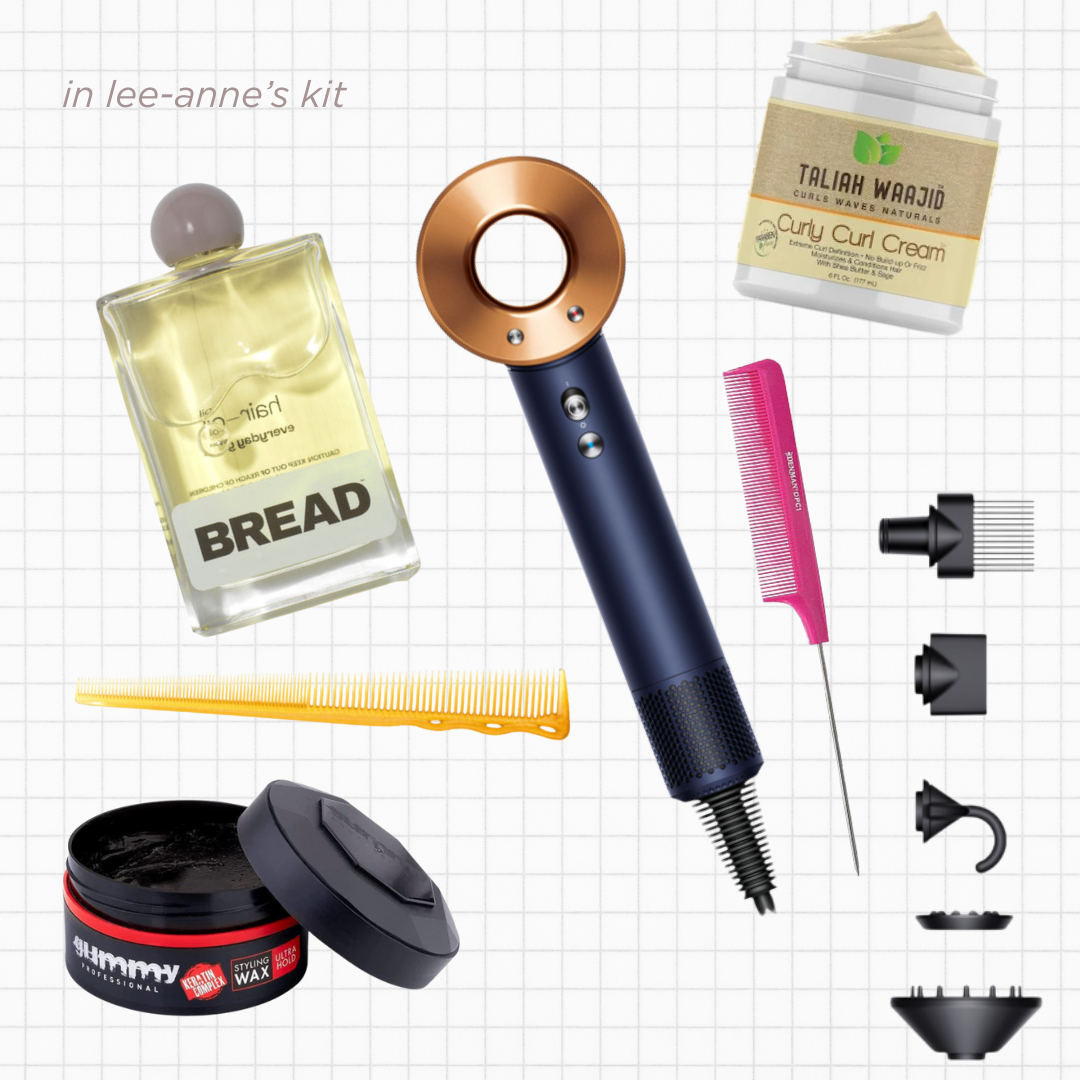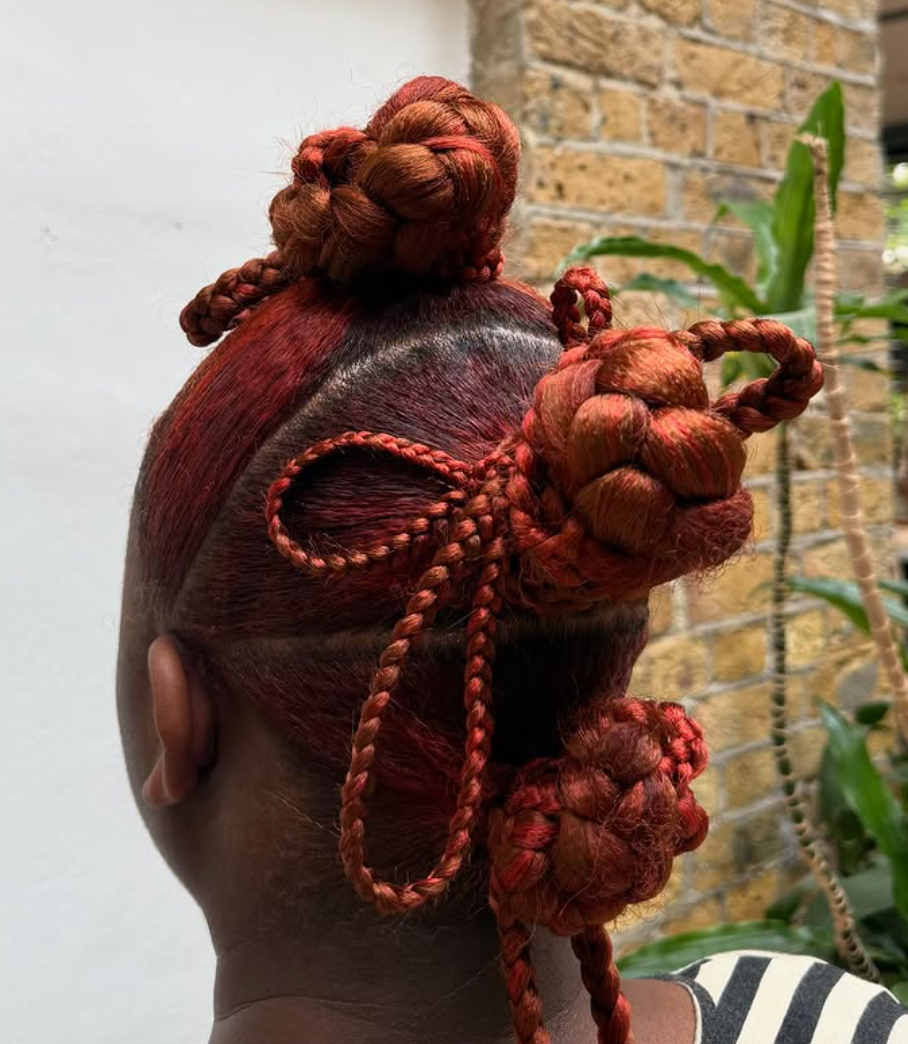Precision, artistry and care: Lee-Anne Willoughby talks about the products she trusts and the routines she swears by for natural hair health. From creating Cynthia Erivo’s microbraids for Wicked to styling Ncuti Gatwa for Doctor Who, her work has appeared in the pages of Vogue, Dazed, Wallpaper* and 10 Magazine.
With years of experience, Lee-Anne shared her essential tips for keeping hair healthy, from everyday rituals to the best ways of caring for braids and natural textures.
Shaz: What are the products that you rely on most when braiding?
Lee-Anne: When braiding, the product that I rely on a lot is a braiding wax. My preference is Gummy Wax. I use all the different colours depending on the hair type.
I use a brand called Taliah Waajid. They have moisturising hair cream. I use that typically at the ends of the hair to keep it moisturised.
I really love Bread Hair Oil. It smells great. It's like a nice finish. It's like a glossy finish. If we're talking like tools, I would say a hair dryer, for sure, with a comb attachment, I use a Dyson.
When braiding, I use a barber comb, I use to help me stitch. I've been through a lot of combs. There's also the pintail comb for precision, and then I use the barber comb to, like, smooth out the gel.

Shaz: What would be your tips for strong and healthy hair?
Lee-Anne: My number one tip is having like a consistent wash day routine. I think it's really important to incorporate moisture within that routine and not just after. When I say that, it's like you shampoo your hair, you condition it, or deep condition it, and then you leave in conditioner. So then your hair is moisturised from within.
I mean, start from the get-go. So if you've got to put heat on it or style it in any way, your hair will be moisturised. Whereas, if you're not doing that properly, and then you're adding moisture on top, it's not really gonna do anything. Use a good shampoo. Follow up with nourishing conditioner, and always finish with a leave-in conditioner to lock in the moisture.
Shaz: How would you define a 'protective style'?
Lee-Anne: I don't believe that knotless braids, like those types of styles, are protective styles. I think embracing natural hair in braids is better as a protective style, rather than adding Expressions hair or Kanekalon hair, because it really dries out your hair.
Especially if you're leaving it in for a long time. You can have knotless braids or feed-in braids and all of that, but with actual hair. It's just that you won't have the added length. You could have canerows, you could have single plaits, single twists, but you're just doing it with your natural hair.
Styles by Lee-Anne that represent a protective style:
Shaz: What would be your tips for preserving a protective style?
Lee-Anne: I would say bonnets and silk pillow cases. If you use a cotton one, it's not drawing out all the oils from your hair. Also using leave-in conditioners or spritz conditioners, or cream moisturisers as well. But I would try to encourage natural hair styling in braids as a protective hairstyle.
Cover Image via Instagram
